Why you can trust TechRadar
The key features of flagship smartphones tend to be the cornerstone of the marketing drive, the enhancements which grab your attention and tempt you to part with your cash.
The Samsung Galaxy S5 has its fingerprint scanner, heart rate monitor and ultra power saving mode, the HTC One M8 has Duo Camera, Blinkfeed and Boomsound.
Sometimes these "key" features actually turn out to be more like gimmicks, but they still give a smartphone its own identity, something to properly distinguish it from the ever increasingly congested sea of similar propositions.
What does the Sony Xperia Z2 have to make it stand out?
Well there in lies the problem. It's got a great screen, powerful camera and a solid spec list - but it's missing those stand out features, the hook, that killer feature you can show off to your mates in the pub.
4K video
The biggest feature Sony is pushing is 4K video capture on the Xperia Z2, and with a decent 20.7MP Exmor RS camera sensor bolted on the rear you can expect some pretty decent footage.
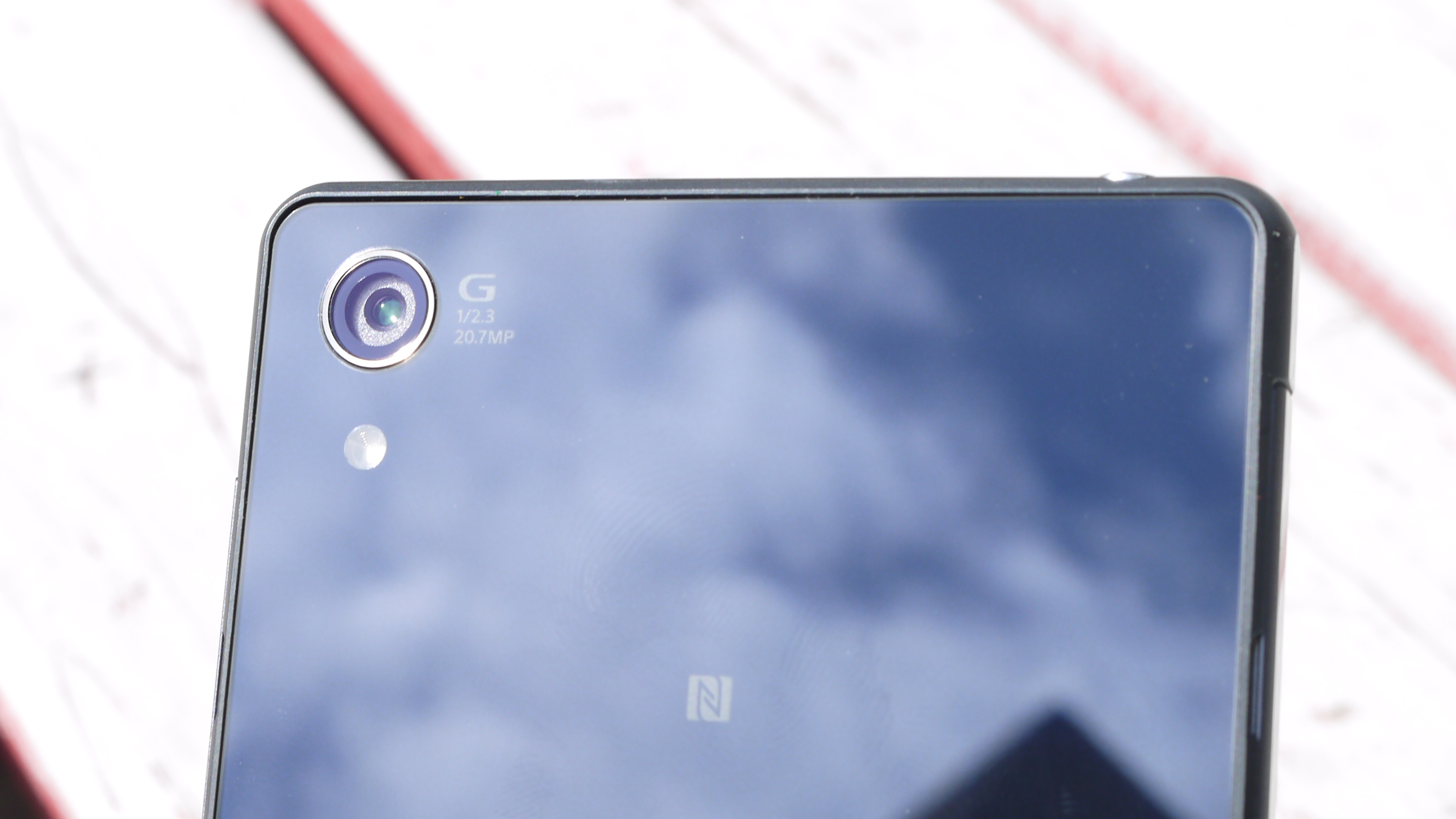
4K offers up images four times the resolution of traditional full HD, but the Z2 isn't the only handset capable of such great feats. The Galaxy S5 and Galaxy Note 3 are two notable offerings which deliver the same functionality.
Sony's argument however is that the Xperia Z2 does 4K better, and I'm inclined to agree.
I sadly didn't have a 4K monitor or TV to play the footage back on, but on the screen of the Xperia Z2 and my laptop display footage was smooth, well defined and well lit.
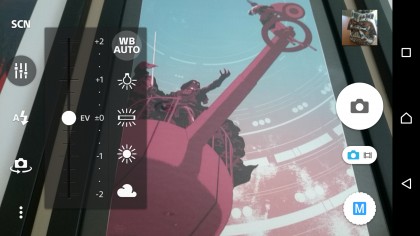
It's not all good news in the 4K video recording camp. A three minute video shot at 4K resolution takes up a whopping 1GB of storage, and considering you only have just over 11GB of the 16GB internal space to play with you may find it filling up fast.
Sure there's a microSD card slot, but if you fancy shooting a lot in 4K you'll be eating up space in double quick time.
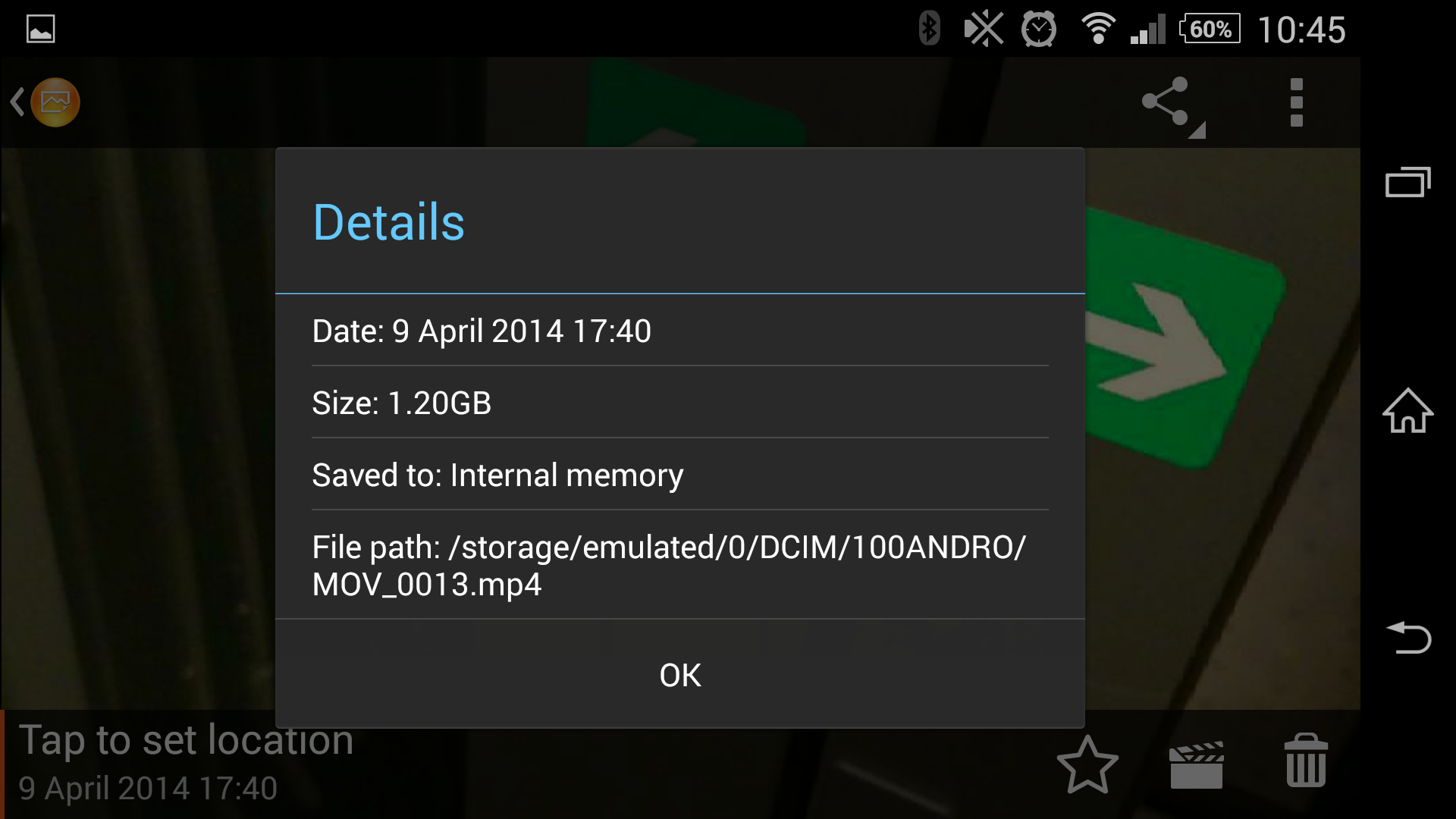
Another issue, and one which has been reported by many Xperia Z2 owners already, is the fact the handset does heat up to quite a temperature during longer 4K recordings.
Even after three minutes of filming I found the top half of the Xperia Z2 became rather toasty, and as I continued the heat increased.
When it got to around 11 minutes of 4K filming the Xperia Z2 crashed, with a pop up of "Unknown error" or "Camera will now turn off temporarily to cool down" greeting me on screen.
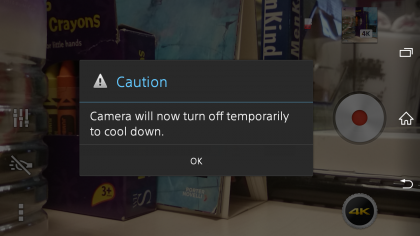
Rather more frustratingly the huge video file (4.25GB) was saved to the device, but it was corrupt so I couldn't play it. The Xperia Z2 also promptly told me that I'd filled 75% of the internal storage and it was time to stick a memory card in. Or I could just delete that massive corrupt file, hey Z2?
Since the original review Sony has pushed out a couple of software updates to the Xperia Z2, but they haven't fixed the 4K recording issues, with the handset still overheating and cancelling recording when you get to around 11 minutes.
A camera grade camera
Sony knows a thing or two about cameras and the Xperia Z2 benefits from the firm's history in photography with an impressively speced camera.
I'll go into more detail in the dedicated camera section, but like the Samsung and HTC, Sony has added in a variety of toys for you to play with.
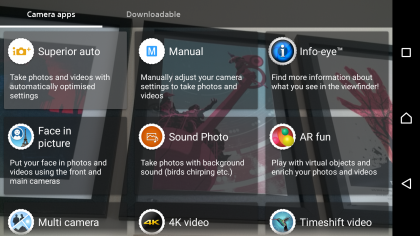
The big camera buzzword in 2014 seems to be background defocus. We saw it first on the LG G Pro 2, then the Xperia Z2 and Galaxy S5 and since then the HTC One M8 has also turned up with a the same functionality.
While a quick comparison between the S5, M8 and Z2 showed me that the Sony produced the best background defocus result, its implementation isn't as good as HTC's.
The M8 benefits from the Duo Camera setup on the rear allowing for depth information to be automatically captured with every image you take.
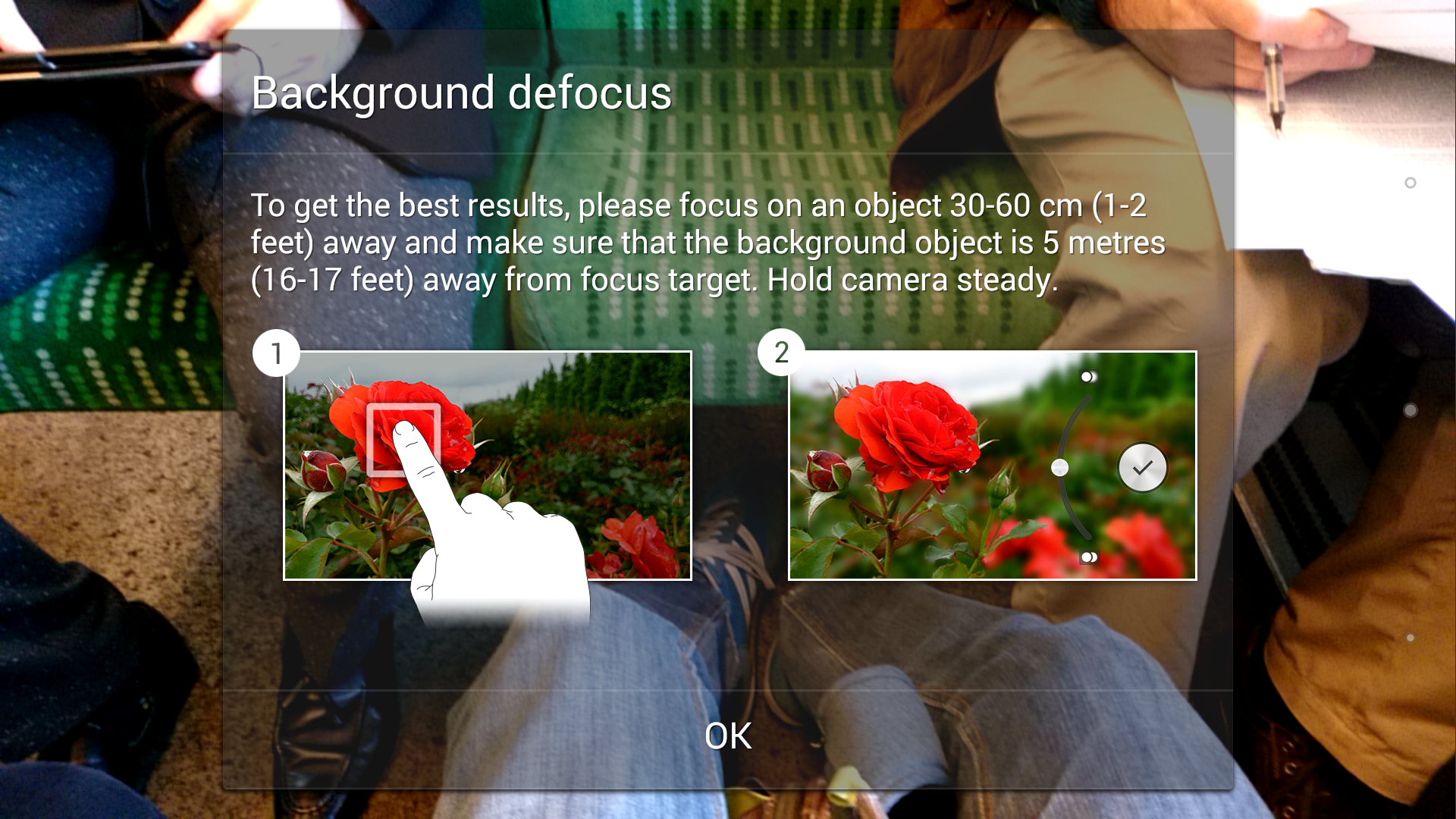
Meanwhile on the Xperia Z2 you have to hit the modes icon in the bottom corner of the app and then select Background Defocus. This meant that a lot of the time I forgot the option was there, and unlike on the M8, you can't revisit a picture and apply the effect at a later date.
Images are also capped at 8MP when in Background Defocus, but I didn't find that to be a huge problem. Plus it's still higher than the 4MP snapper on the One M8.
The Sony Xperia Z2 isn't the quickest at capturing an image in this mode though. I had to wait almost five seconds from pressing the shutter for the Z2 to process the image.
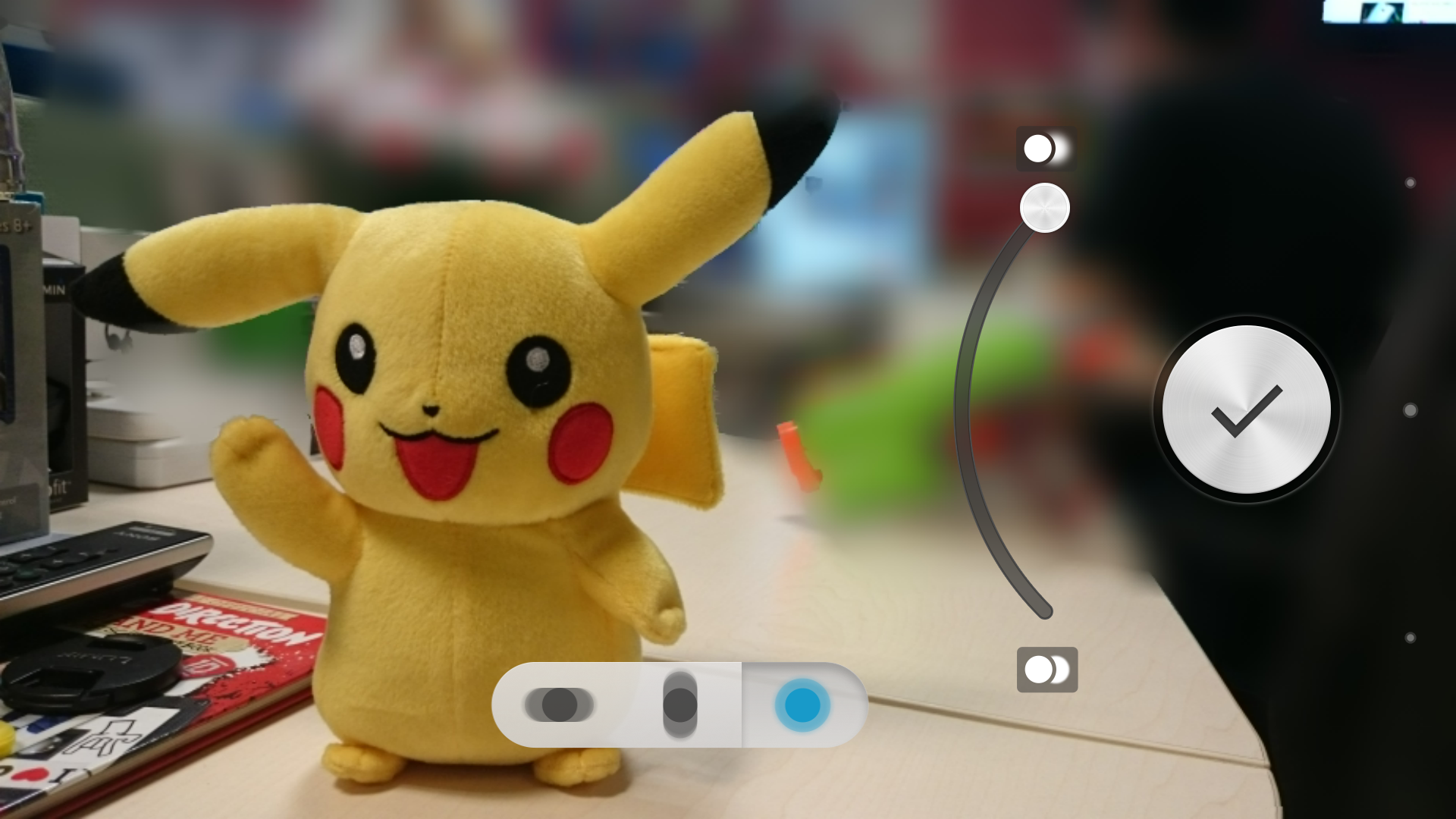
Once processed the interface for adjusting the focus is impressively intuitive, with a slider allowing you to adjust the level of defocus.
You can also choose to blur your background either horizontally or vertically, providing a different effect on the finished article.
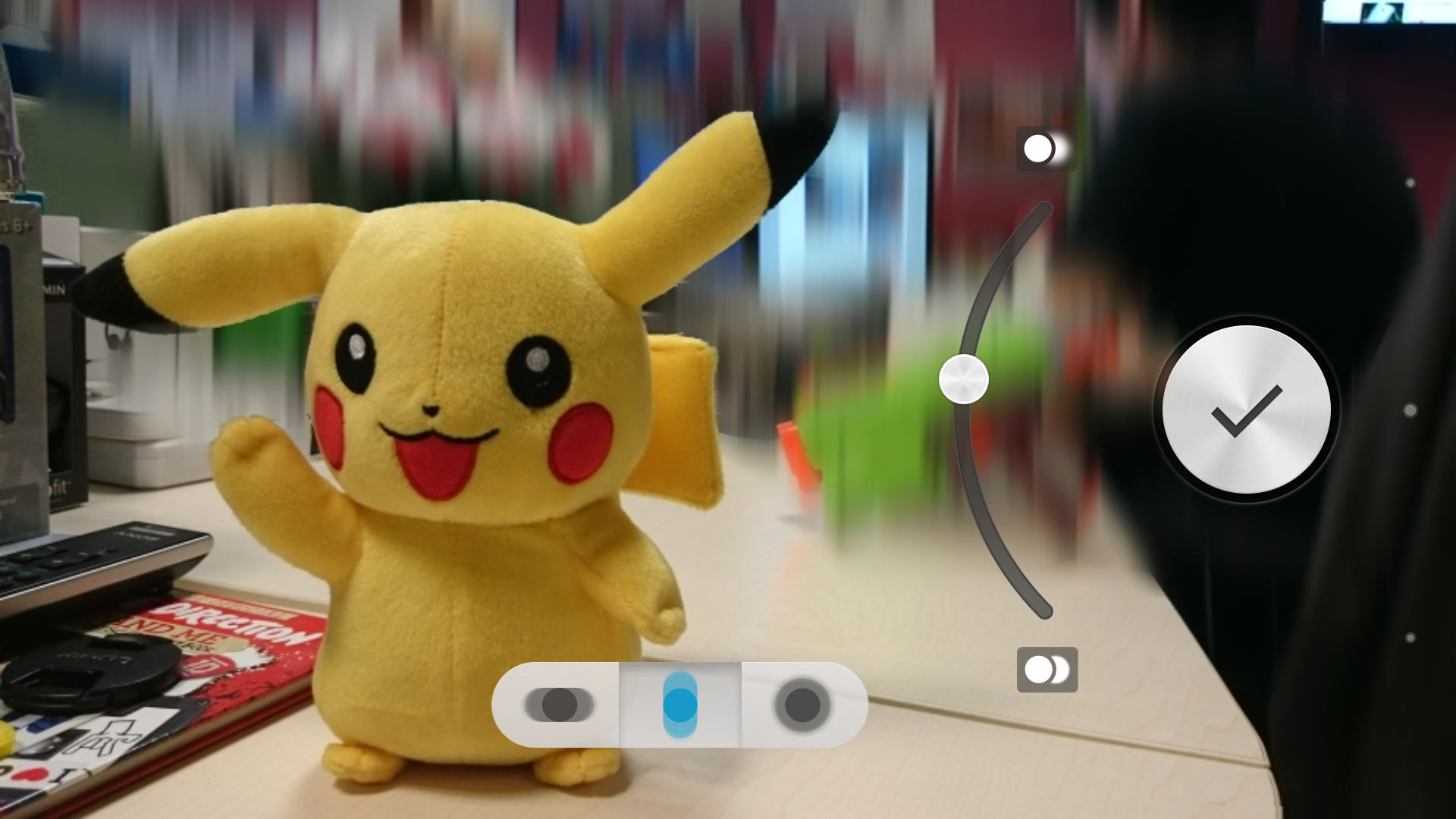
Once you're happy with the finished article hit the big tick to save, but we warned, there's more waiting involved. I found that the save time usually took seven to 10 seconds.
That's just long enough to cast doubt in your mind that perhaps the Xperia Z2 has frozen or given up. It hasn't, it's just taking its sweet time.
Something for your eyes
An area where Sony has done some real work on the Xperia Z2 is in the screen department. Not only has it bumped the size from 5 inches on the Xperia Z1 to 5.2 inches, it's also implemented IPS LCD technology.
The lack of IPS on the orginal Z and Z1 meant the screens looked washed out, and their viewing angles were far from inspiring.
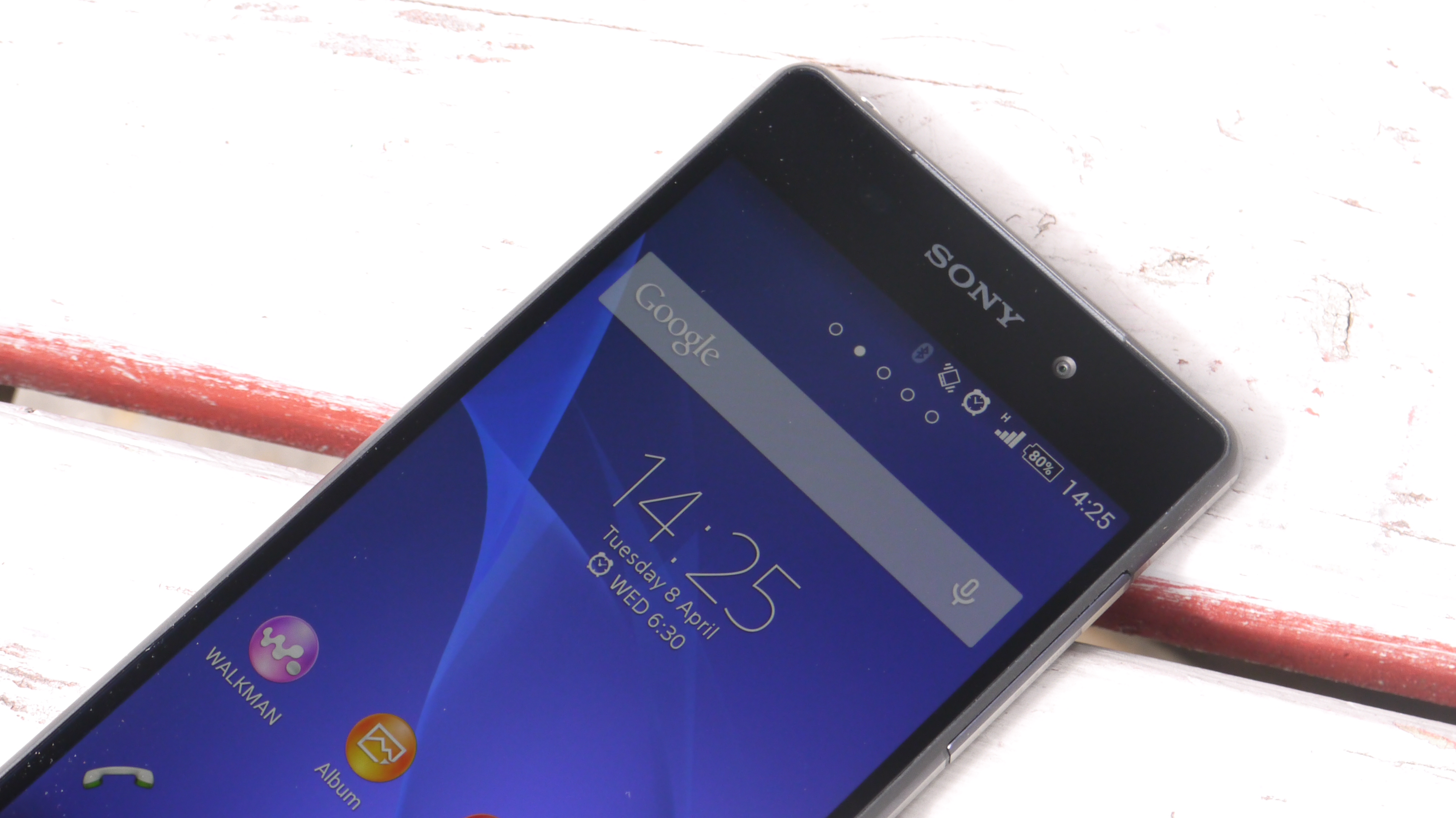
Thankfully the inclusion of IPS on the Xperia Z2 makes this one of the best smartphone screens around, and with Sony's Live Colour LED technology colours pop on the screen.
They don't pop as much as the Samsung Galaxy S5's Super AMOLED offering, but the Xperia Z2 provides more natural colours unlike its rival's over-saturated display.
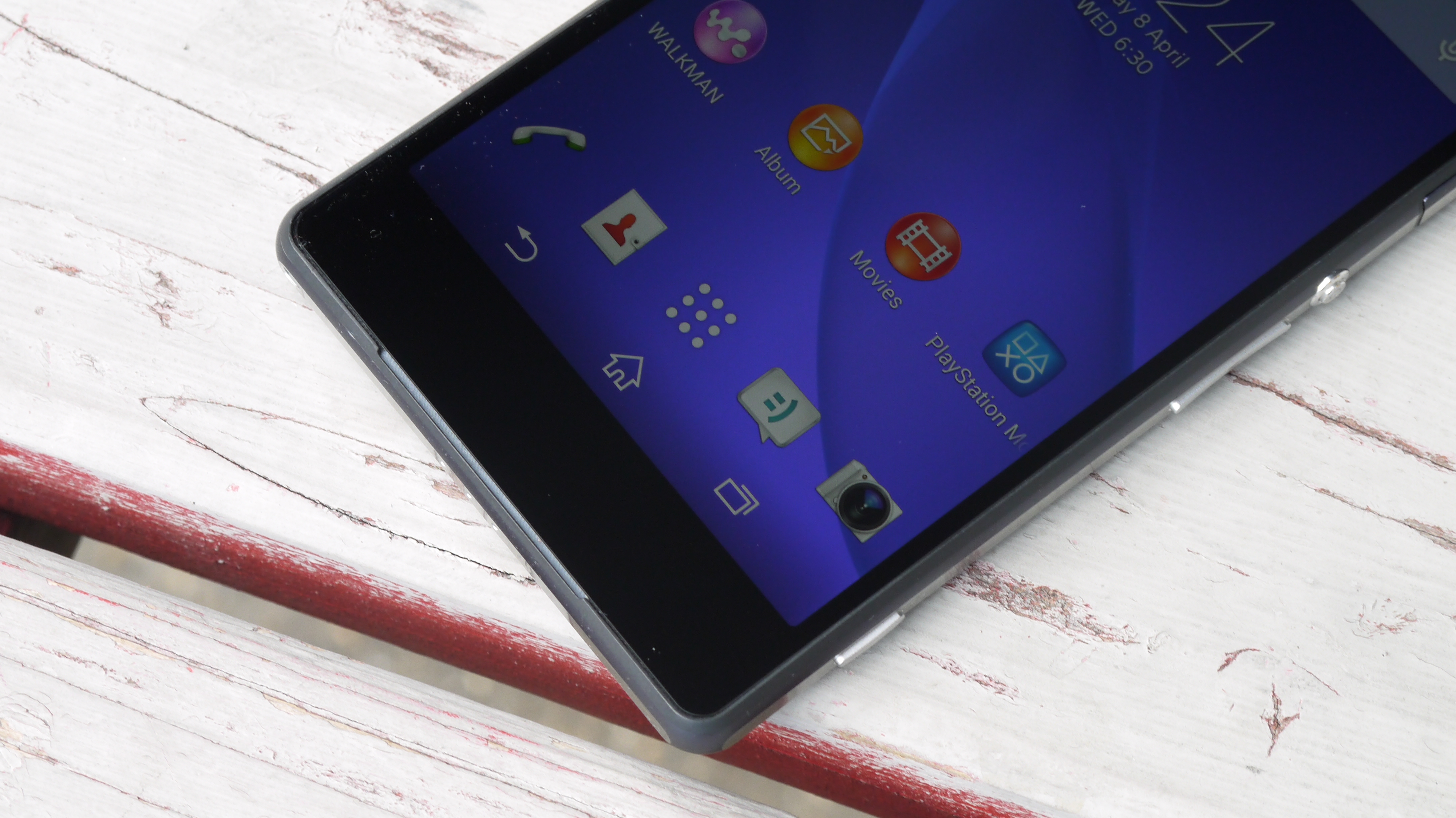
Text is pin sharp, app icons are well defined and to be fair you're spoilt for choice at the top end of the mobile market when it comes to the display.
The Sony Xperia Z2 has an excellent screen, as do the One M8 and Galaxy S5. Whichever you choose, you won't be disappointed here.

TechRadar's former Global Managing Editor, John has been a technology journalist for more than a decade, and over the years has built up a vast knowledge of the tech industry. He’s interviewed CEOs from some of the world’s biggest tech firms, visited their HQs, and appeared on live TV and radio, including Sky News, BBC News, BBC World News, Al Jazeera, LBC, and BBC Radio 4.
